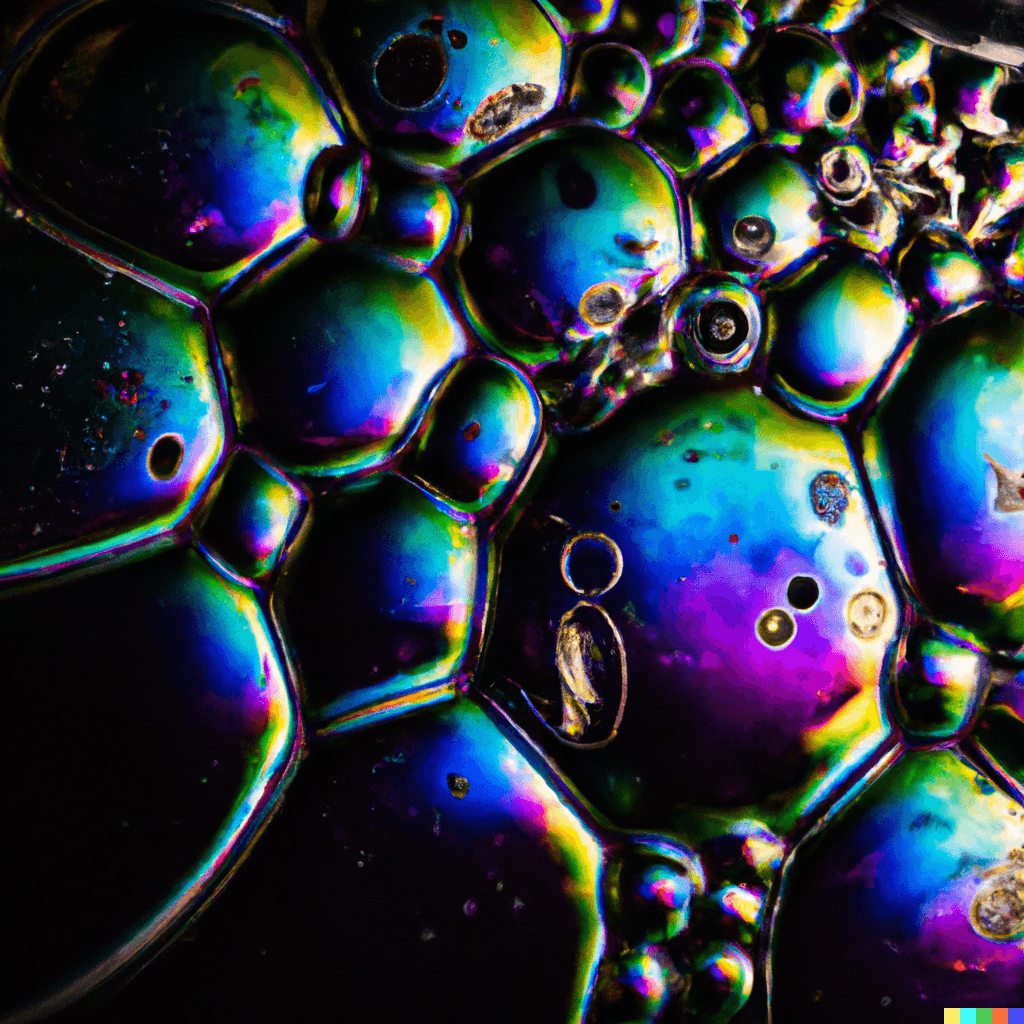Are ozone nanobubbles safe?
Ozone nanobubbles have potential applications in various fields, including water treatment, food processing, and biomedical applications. As with any technology, there are potential safety concerns associated with their use.
Ozone itself is a highly reactive gas and can be toxic in high concentrations. However, when used appropriately and within recommended guidelines, ozone can be an effective and safe disinfectant. The use of ozone in water treatment, for example, has been shown to be effective in removing contaminants and pathogens from water.
The safety of ozone nanobubbles will depend on the specific application and the environment in which they are used. For example, if ozone nanobubbles are used in water treatment, appropriate precautions should be taken to ensure that the ozone concentration does not exceed recommended levels and that any residual ozone is neutralized before the water is released.
In addition, the safety of ozone nanobubbles will also depend on the size and concentration of the nanobubbles themselves. While nanobubbles are generally considered safe, there is ongoing research to understand their potential effects in different applications.
Overall, the safety of ozone nanobubbles will depend on the specific application and the environment in which they are used. It is important to conduct thorough risk assessments before using ozone nanobubbles in new applications and to follow appropriate safety guidelines and regulations.


